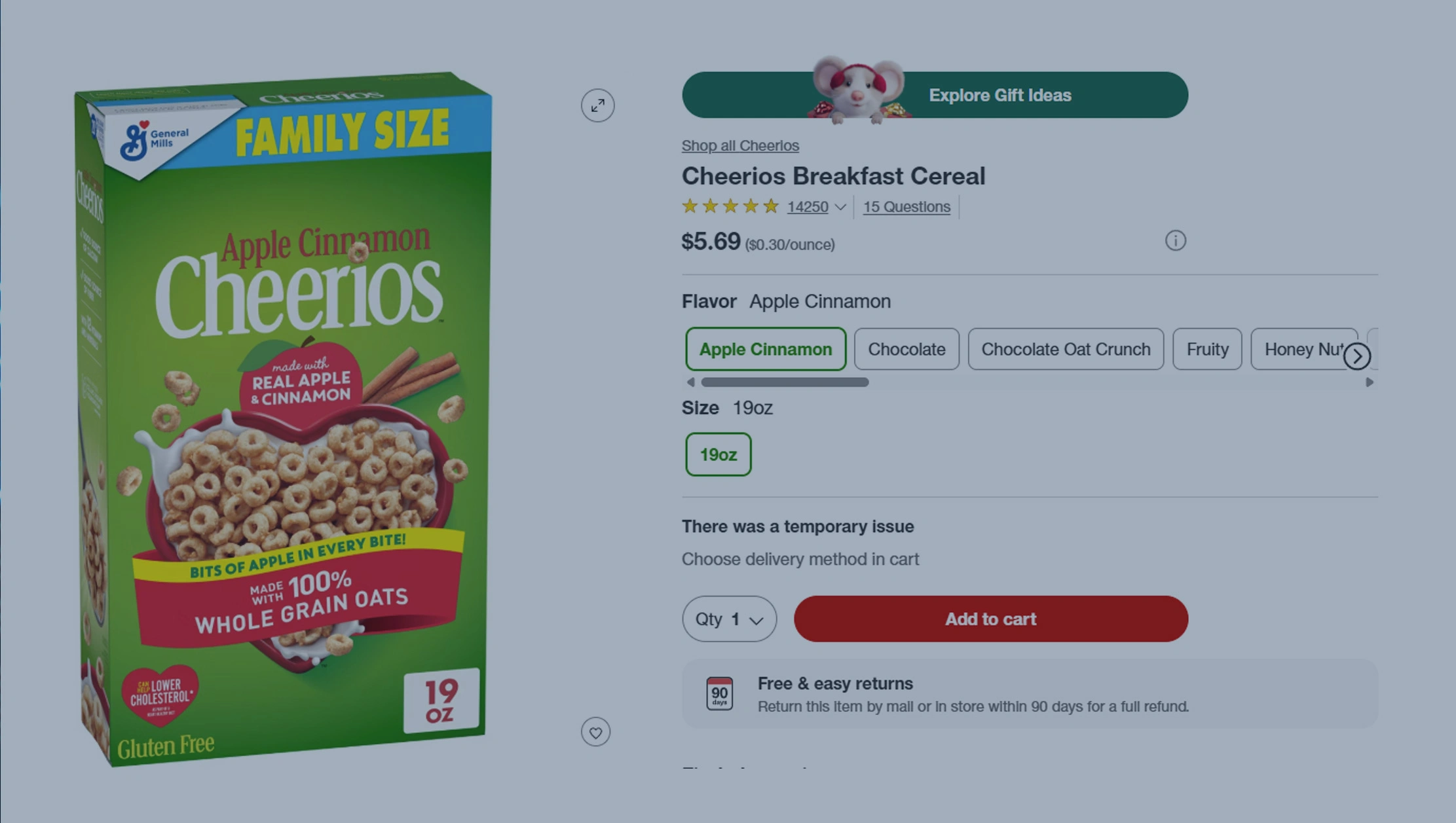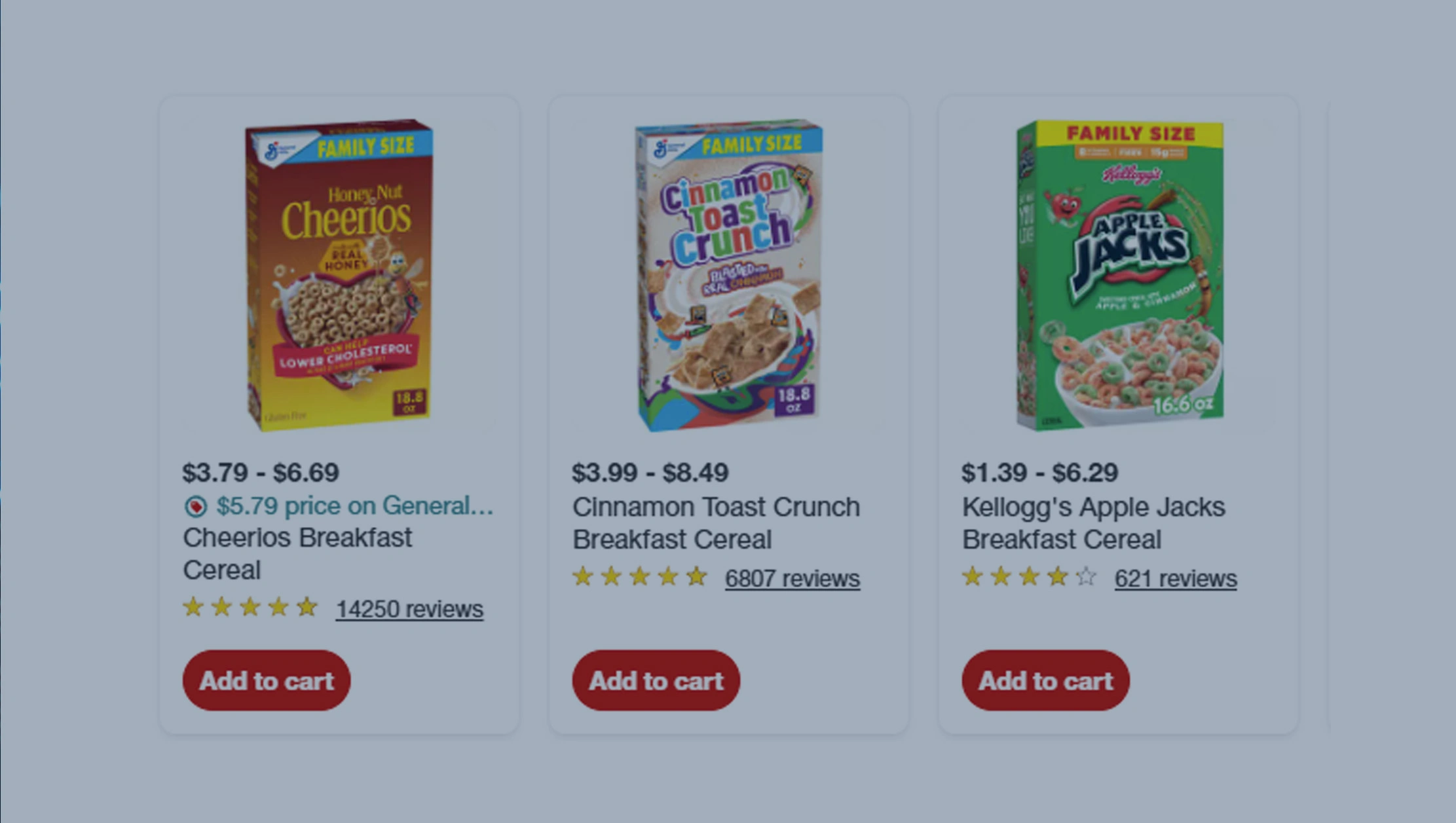Introduction
In today’s dynamic retail environment, grocery brands face unprecedented challenges—volatile pricing, shifting consumer preferences, and unpredictable supply chain disruptions. Staying competitive requires more than traditional market research—it demands real-time data intelligence that uncovers how consumers shop, what products they prefer, and where the pricing landscape is heading.
Grocery Retail Data Scraping has become the foundation for modern decision-making in the retail sector. By collecting and analyzing vast amounts of structured information from online grocery stores, e-commerce platforms, and retail applications, brands can detect market fluctuations and identify new growth opportunities faster than ever before. When integrated with Grocery Price Intelligence Tools, these datasets enable retailers to monitor competitive pricing, forecast demand, and make data-backed adjustments to maximize profitability. According to recent industry analysis, nearly 35% of global grocery product trends shifted due to rapid digital transformation and changes in purchasing behavior.
With precise data points across pricing, availability, reviews, and promotions, businesses can fine-tune their assortment, forecast product demand, and adapt pricing strategies with agility. This approach allows both retailers and CPG brands to make informed decisions that align with evolving customer expectations while strengthening their competitive positioning in the global grocery ecosystem.
Emerging Shifts Transforming the Grocery Landscape

The grocery retail industry is experiencing unprecedented changes as digital transformation reshapes how consumers purchase, compare, and evaluate everyday essentials. Traditional models that once depended on store footfall are now being replaced with data-driven frameworks that analyze purchasing habits, price fluctuations, and product preferences across multiple platforms.
Through Grocery Data Scraping, brands can extract actionable insights from thousands of product listings across marketplaces and retail sites. This enables businesses to monitor competitor activity, optimize assortment planning, and detect emerging market shifts before they become widespread. An essential part of modern retail success involves tracking regional and category-specific product trends that directly impact pricing and inventory decisions.
Here’s a closer look at how regional shifts are redefining the grocery space:
| Region | Top Trend | Product Growth (%) | Category Impact |
|---|---|---|---|
| North America | Organic & plant-based items | 38% | Health & Wellness |
| Europe | Private label brands | 27% | Budget & Value |
| Asia-Pacific | Instant meal kits | 42% | Convenience Foods |
| Middle East | Imported premium products | 33% | Specialty Foods |
Retailers leveraging Grocery Price Comparison Data can accurately benchmark pricing across different channels to evaluate competitive positioning. This granular intelligence helps minimize profit loss, manage promotional pricing, and deliver better value to consumers. Additionally, understanding Product Trends in Grocery Retail ensures that businesses align their offerings with evolving customer expectations.
With constant tracking and refined data interpretation, retailers can enhance category performance, anticipate product movement, and adapt to real-time demand changes. These data-backed insights allow brands to outperform competitors by combining analytical depth with market responsiveness—turning uncertainty into opportunity.
Driving Smarter Strategies Through Data-Backed Insights

Data has become the modern retailer’s compass, guiding every strategic decision from pricing to placement. By combining analytical intelligence with automated processes, brands can now visualize market fluctuations, forecast demand shifts, and execute informed adjustments with precision.
Analyzing Product Trends in Grocery Retail reveals that consumer buying behavior fluctuates faster than ever—driven by seasonality, social media, and global economic factors. Using Retail Pricing Intelligence Scraping, businesses can assess competitors’ pricing movements and identify promotional opportunities that maintain profitability. This ensures that pricing strategies remain flexible, accurate, and customer-focused.
To understand the measurable benefits of such analytical practices, consider the following data snapshot:
| Insight Type | Data Application | Impact (%) |
|---|---|---|
| Price Elasticity | Competitor benchmarking | +21% in revenue margin |
| Product Availability | Shelf gap detection | -18% stockout rate |
| Review Sentiment | Consumer feedback analytics | +24% brand perception |
| Trend Forecasting | Seasonal demand prediction | +32% forecast accuracy |
Implementing Grocery Market Data Scraping Services allows organizations to access high-frequency market data from various digital sources, enabling precise segmentation and demand analysis. Furthermore, incorporating Supermarket Data Scraping Solutions streamlines data aggregation by automatically identifying pricing, promotional, and trend-based changes across multiple marketplaces.
The insights derived from this process go beyond static reporting. They empower decision-makers to fine-tune marketing campaigns, design personalized shopping experiences, and optimize shelf assortment. Retailers that invest in intelligent data collection gain improved visibility into their competitive landscape, enabling them to respond faster to both micro and macro market changes.
Enhancing Pricing Accuracy and Market Visibility

As competition intensifies in online and offline retail, pricing consistency and visibility have become essential for retaining customers. A small deviation in pricing across platforms can significantly impact trust and sales performance. By integrating digital analytics, retailers can sustain brand credibility and maintain optimal price alignment across various sales channels.
With Grocery Product Pricing Analytics, businesses can examine how promotions, competitor activities, and demand cycles influence final pricing outcomes. Combining this with Online Grocery Data Collection ensures brands capture real-time product information—creating a reliable foundation for pricing accuracy, margin control, and trend assessment.
Below is a detailed representation of how cross-platform price tracking impacts consumer engagement and revenue growth:
| Platform Type | Price Variance (%) | Consumer Trust Index | Revenue Impact |
|---|---|---|---|
| Marketplace (Amazon, Walmart) | 12% | 89% | +18% |
| Grocery Apps | 8% | 91% | +22% |
| Local Retail Sites | 16% | 78% | +10% |
Retailers employing Retail Product Trend Monitoring mechanisms can identify fast-moving categories and early signs of emerging trends. Meanwhile, Grocery Price Intelligence Tools allow consistent pricing analysis and reporting—ensuring parity across regions, stores, and marketplaces. This synchronized approach enhances transparency, minimizes consumer confusion, and sustains loyalty.
The combination of multi-platform analytics, automated tracking, and competitive benchmarking transforms how brands interpret and react to pricing fluctuations. Businesses gain the agility to modify offers instantly, maintain profitability, and strengthen long-term consumer confidence.
How Web Fusion Data Can Help You?
When it comes to optimizing performance through Grocery Retail Data Scraping, we stand out for its ability to deliver precise, real-time insights customized to your business needs. Our advanced data solutions collect, process, and analyze structured retail data across multiple sources, giving businesses a 360° view of their competitive ecosystem.
We help you:
- Detects price gaps and promotional opportunities effortlessly.
- Identify emerging product categories before competitors.
- Monitor brand sentiment and customer preferences.
- Strengthen pricing consistency across all marketplaces.
- Improve demand forecasting accuracy through clean, reliable data.
- Drive performance with actionable, real-time analytics.
By combining automation with analytical intelligence, we transform raw retail data into meaningful insights empowering brands to act faster and smarter using Grocery Market Data Scraping Services. Our tailored approach ensures every dataset aligns with your operational and strategic goals, improving agility and decision-making efficiency.
Conclusion
The global retail ecosystem thrives on agility and foresight. With Grocery Retail Data Scraping, brands can bridge the gap between consumer behavior and market performance by transforming raw information into strategic business intelligence. This data-driven foundation allows retailers to enhance pricing accuracy, product visibility, and customer engagement effectively.
In today’s competitive environment, success belongs to those who rely on intelligence-driven strategies powered by Supermarket Data Scraping Solutions. Businesses that embrace digital data collection will not just adapt—they’ll lead. Connect with Web Fusion Data today and elevate your decision-making with precision-driven grocery data solutions.

